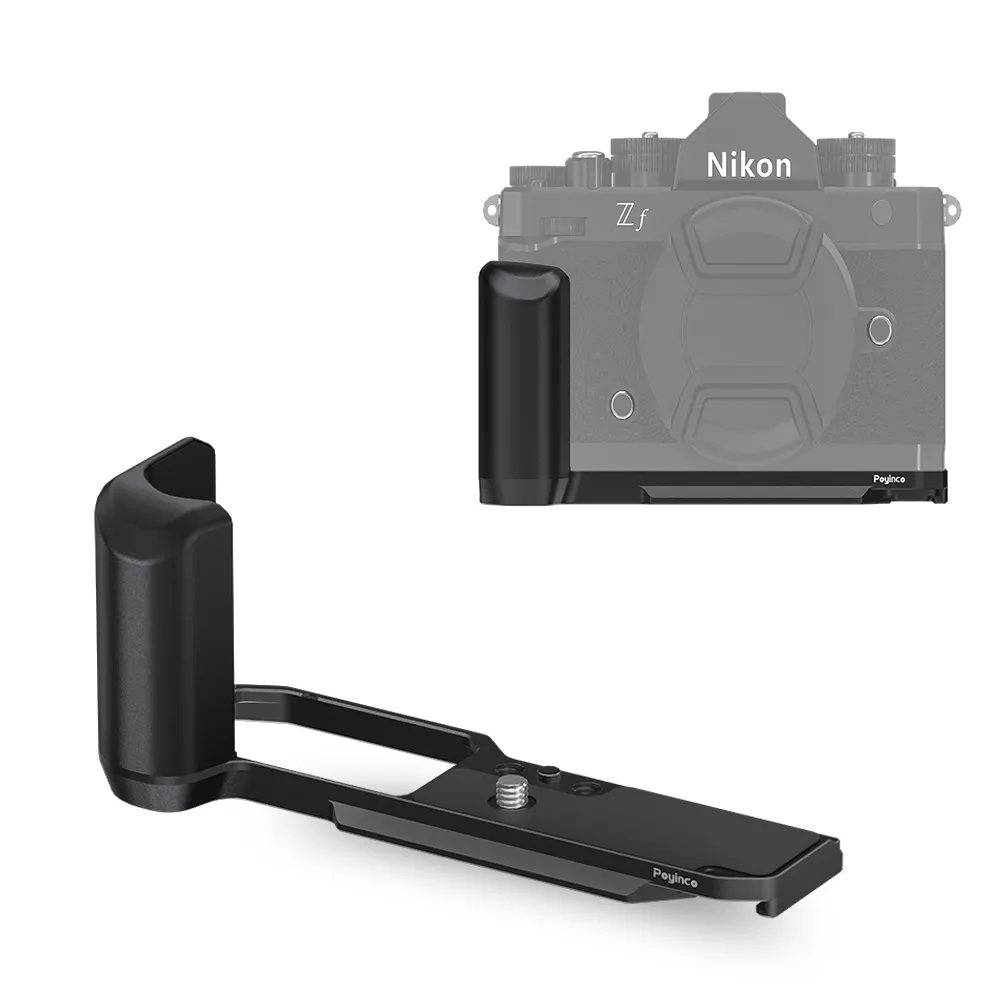

Time:2025-09-11 Views:1

The lightweight and durable design of quick - release plates is a crucial combination of attributes that significantly enhances their usability and practicality across various applications, especially in the realm of photography, videography, and other equipment - intensive fields. Achieving this balance between lightness and durability requires careful material selection, innovative engineering, and precise manufacturing techniques.
In terms of material selection, modern quick - release plates often utilize advanced materials such as high - strength aluminum alloys and carbon fiber composites. Aluminum alloys are popular due to their excellent strength - to - weight ratio. They are much lighter than traditional metals like steel yet still possess sufficient strength to withstand the rigors of regular use. For example, aircraft - grade aluminum alloys are commonly employed in high - end quick - release plates. These alloys can be heat - treated to increase their hardness and durability, enabling them to securely hold heavy camera equipment without adding excessive weight to the overall setup. A well - designed aluminum alloy quick - release plate can weigh as little as a few ounces while being able to support cameras and lenses that weigh several pounds.
Carbon fiber composites, on the other hand, offer even more remarkable lightweight properties along with exceptional strength and stiffness. Carbon fiber is renowned for its high tensile strength, which allows quick - release plates made from it to endure significant forces without deforming or breaking. Moreover, carbon fiber has a low density, making the plates extremely lightweight. A carbon fiber quick - release plate can be up to 30% lighter than its aluminum counterpart of the same size and strength. This lightweight nature is highly beneficial for photographers and videographers who need to carry their equipment for extended periods or in challenging outdoor environments.
The durability of quick - release plates is further enhanced through innovative engineering and manufacturing processes. Precision machining techniques are used to create smooth, accurate surfaces and tight tolerances. This ensures that the quick - release mechanism operates smoothly and securely, reducing the risk of wear and tear over time. Additionally, surface treatments such as anodizing for aluminum plates or protective coatings for carbon fiber plates are applied. Anodizing not only adds a layer of protection against corrosion and scratches but also improves the aesthetic appeal of the plate. Protective coatings on carbon fiber plates safeguard the material from environmental damage and maintain its structural integrity.
In practical use, the lightweight and durable design of quick - release plates offers numerous advantages. The reduced weight makes it easier to handle and transport equipment, allowing users to be more mobile and agile during shoots. At the same time, the durability ensures that the quick - release plate can withstand repeated use, accidental bumps, and exposure to various environmental conditions. Whether it's being used in a studio setting, on a rugged outdoor adventure, or in a fast - paced event environment, a lightweight and durable quick - release plate provides reliable performance, ensuring that the camera or other equipment remains securely attached while minimizing the burden on the user.
Read recommendations:
motorcycle camera mount kit Solution